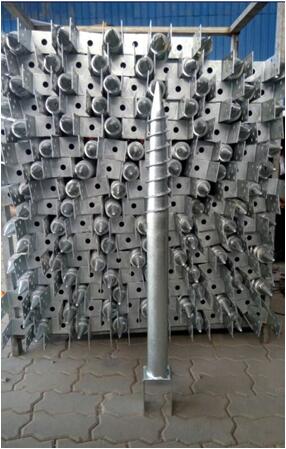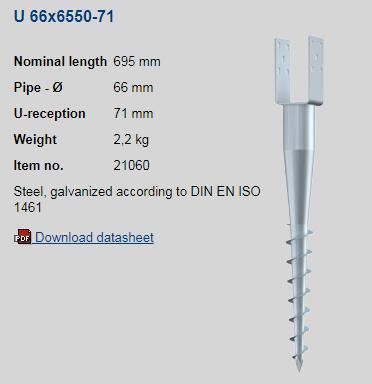During cell culture, various issues can arise. From a growth perspective, problems may include non-adherent cells, slow growth, poor proliferation, or even cell death.
First, Cultured Cells Are Not Attached
Possible Causes:
- Overdigestion with trypsin
- Mycoplasma contamination
- Medium pH is too alkaline (due to NaHCO3 decomposition)
- Cell aging
- Incorrect initial cell seeding concentration
Solutions:
- Reduce trypsin digestion time or lower its concentration
- Isolate and test for mycoplasma; clean incubator and equipment. If contaminated, discard the culture
- Adjust pH using sterile acetic acid or add CO2
- Use new seed cells
- Optimize the initial cell concentration
Second, Cells Form Clusters in Suspension
Possible Causes:
- Presence of calcium and magnesium ions in the medium
- Mycoplasma contamination
- Excessive protease digestion causing cell lysis
- DNA contamination
Solutions:
- Wash cells with calcium-free, magnesium-balanced salt solution and gently resuspend them
- Isolate the culture and test for mycoplasma
- Treat with DNase I to remove DNA
Third, Slow Cell Growth
Possible Causes:
- Change in culture media or serum
- Depletion of nutrients like glutamine or growth factors
- Low-level bacterial or fungal contamination
- Improper storage of reagents
- Low initial seeding density
- Cell aging
- Mycoplasma contamination
Solutions:
- Compare new vs. old media and serum, allow gradual adaptation
- Replace with fresh medium or add missing components
- Culture without antibiotics, discard if contaminated
- Store serum at -10 to -20°C, culture medium at 2–8°C in dark
- Adjust initial seeding density
- Use new seed cells
- Test for mycoplasma and clean equipment if needed
Fourth, Poor Cell Growth
Possible Causes:
- Cell condition: excessive passage, low seeding, late passage, incorrect trypsin time, improper cryopreservation
- Contamination: mycoplasma, mold
- Media or serum issues: not tested before use, not suitable, improperly prepared
- Environmental factors: CO2 supply, temperature control
Solution:
- Monitor cell status, including passage number and seeding amount
- Use high-quality, traceable serum to prevent contamination
- Choose appropriate media and serum
- Ensure proper lab conditions
Fifth, Cell Death During Culture
Possible Causes:
- No CO2 in the incubator
- Temperature fluctuations in the incubator
- Damage during freezing or thawing
- Incorrect osmotic pressure of the culture medium
- Toxic metabolite accumulation
Solutions:
- Check CO2 levels in the incubator
- Verify incubator temperature stability
- Use freshly preserved cells
- Measure and adjust osmotic pressure
- Replace with fresh culture medium
U Ground Screw :
Abnormal shape Ground screw including many kinds of designs ,which are not same as standard design of ground screw with nut or flange ,usually add some special assist parts ,or special design of ground screw .
Materlal of hot dip galvanized ground screw :Q235 carbon steel
Diameter of pipe : 48 mm,60 mm,68 mm,76 mm,89 mm,114 mm
Length of ground screw : 550-6000 mm
Thickness of pile : 2.50-4.0 mm
Surface treatment : Hot dip galvanized,DIN EN ISO 1461-1999,thickness of coating :more than 80micron
Mainly including : no pipe-ground screw, field ground screw ,no-pipe ground screw with nut ,flange ground screw double flange pile ,twist pile ground screw,ground anchor screw,screw pile,galvanizing ground screw
Usage : Farm or garden fence,tent,solar energy system ,PV Mounting ,advertising board or banner ,simple house &


U Type Ground Screw,U Type Fence Post Anchor,U Shape Ground Screw,Ground Anchor
BAODING JIMAOTONG IMPORT AND EXPORT CO., LTD , https://www.chinagroundscrew.com